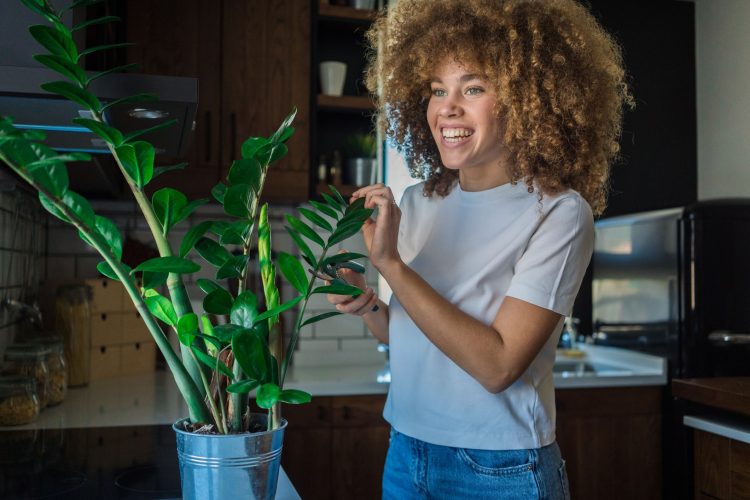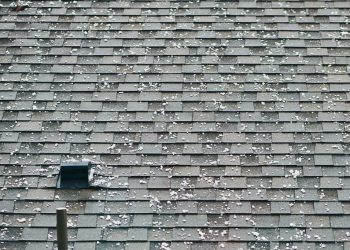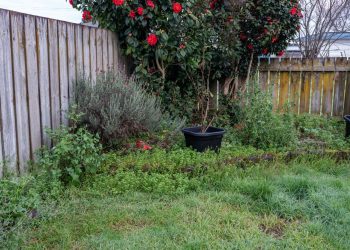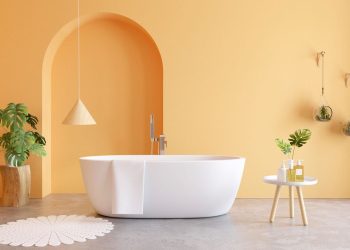Interior designers have always recommended fresh greenery to inspire and lighten your space. However, indoor plants seem to be having their heyday in current design trends more than ever before. Unfortunately, if you don’t have a green thumb, keeping an indoor plant alive can feel like a chore. These secrets can help you create the lush greenery look you desire—and can help you ensure it stays that way long-term.
Shop Smart
The greenest thumbs can struggle to take care of a finicky plant. If you are new to plant care, don’t jump in the deep end. Look for plants that will do well in your space and can be cared for based on your schedule and abilities. Think about where you would like a plant in your space, and how much natural light is available.
Easy Beginner Plant Options
Snake Plant: The snake plant thrives on neglect. It loves low light, infrequent watering, and is a hardy plant that is difficult to kill.
ZZ Plant: The ZZ plant (Zamioculcas Zamiifolia) is a plant that can tolerate low light and doesn’t need to be watered frequently.
Aloe Vera: The aloe vera is easy to care for, but it does prefer brighter spaces. This can be a great plant to keep in the kitchen—use the plant’s gel in the event of a cooking burn.
Ensure Thoughtful Potting
A common beginner mistake doesn’t involve the general plant care, but the plant’s pot itself. Choosing a beautiful decorative pot can be fun, but don’t let the aesthetics distract you from utility. A gorgeous pot without a drainage hole can spell disaster for your plant. Likewise, a pot that is too small can prevent your plant from flourishing. Be sure you have the right pot for your plant’s needs—not just a pot that looks good in your home.
Evaluate the Lighting
Lighting in an indoor space will look very different from room to room and throughout the year. Be sure your plant has the proper amount of light based on its care instructions. Don’t hesitate to move your plant to a new location if it seems like it would thrive better in a new area of your home.
Signs Your Plant Has Too Much Light:
- Scorched or bleached appearance on leaves
- Dry soil (even after watering)
- Brown leaf tips or edges
- Curling leafs
Signs Your Plant Doesn’t Get Enough Light:
- Lack of growth
- Yellow or pale leaves
- Small or sparse new leaves
- Leaves falling off (depending on the plant)











